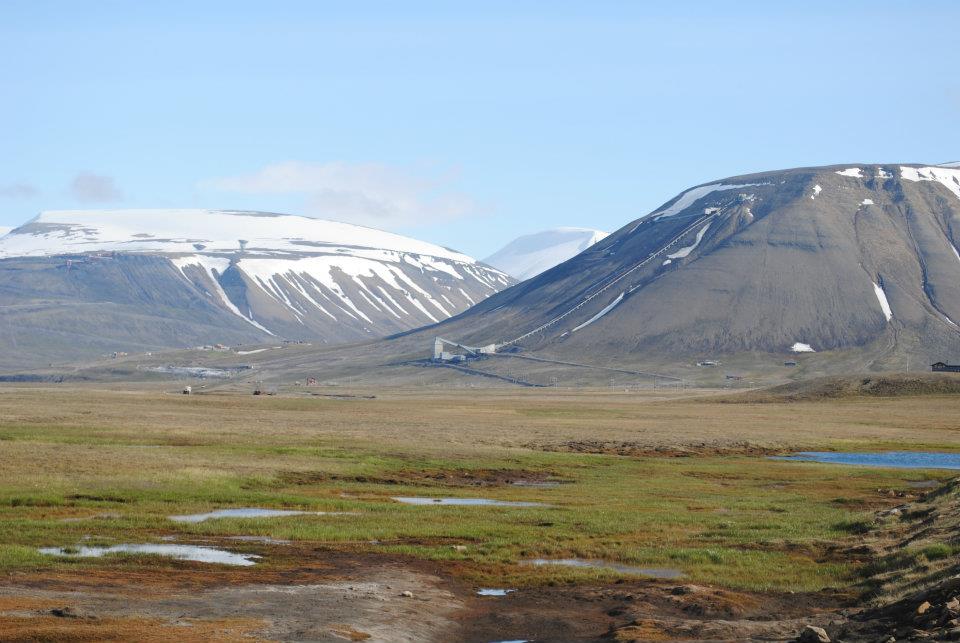NUCLEARWATERS develops a groundbreaking new approach to studying the history of nuclear energy
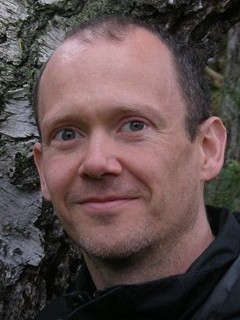 A few weeks ago Per Högselius got the good news that he was one of two researcher from KTH to receive an ERC Consolidator grant. His project NUCLEARWATERS will get funding for five years and at least six researcher will get an employment thanks to this. Per and his co-workers will explore nuclear history in a global perspective. If you know Swedish, you can read more about this here: ERC Consolidator Grants till två KTH-forskare | KTH
A few weeks ago Per Högselius got the good news that he was one of two researcher from KTH to receive an ERC Consolidator grant. His project NUCLEARWATERS will get funding for five years and at least six researcher will get an employment thanks to this. Per and his co-workers will explore nuclear history in a global perspective. If you know Swedish, you can read more about this here: ERC Consolidator Grants till två KTH-forskare | KTH
For those of you that don’t know Swedish, here comes the abstract from the application:
NUCLEARWATERS develops a groundbreaking new approach to studying the history of nuclear energy. Rather than interpreting nuclear energy history as a history of nuclear physics and radiochemistry, it analyses it as a history of water.
The project develops the argument that nuclear energy is in essence a hydraulic form of technology, and that it as such builds on centuries and even millennia of earlier hydraulic engineering efforts worldwide – and, culturally speaking, on earlier “hydraulic civilizations”, from ancient Egypt to the modern Netherlands. I investigate how historical watermanipulating technologies and wet and dry risk conceptions from a deeper past were carried on into the nuclear age. These risk conceptions brought with them a complex set of social and professional practices that displayed considerable inertia and were difficult to change – sometimes paving the way for disaster. Against this background I hypothesize that a water-centred nuclear energy history enables us to resolve a number of the key riddles in nuclear energy history and to grasp the deeper historical logic behind various nuclear disasters and accidents worldwide.
The project is structured along six work packages that problematize the centrality – and dilemma – of water in nuclear energy history from different thematic and geographical angles. These include in-depth studies of the transnational nuclear-hydraulic engineering community, of the Soviet Union’s nuclear waters, of the Rhine Valley as a transnational and heavily nuclearized river basin, of Japan’s atomic coastscapes and of the ecologically and politically fragile Baltic Sea region. The ultimate ambition is to significantly revise nuclear energy history as we know it – with implications not only for the history of technology as an academic field (and its relationship with environmental history), but also for the public debate about nuclear energy’s future in Europe and beyond.

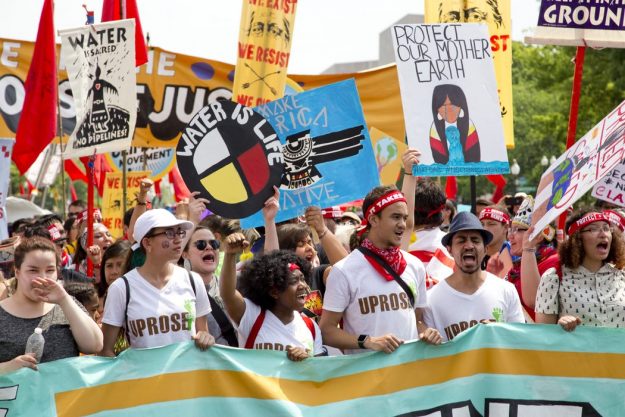
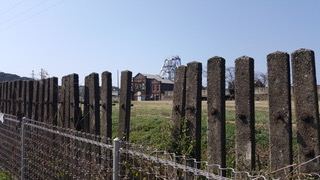
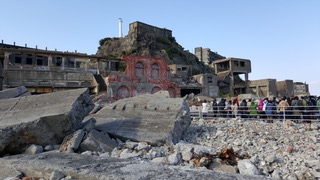
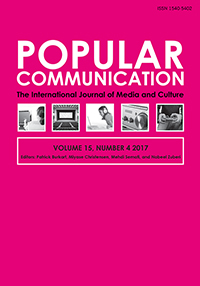 17). Arctic sea ice and the communication of climate change. Popular Communication: Vol. 15, No. 4, pp. 249-268. doi: 10.1080/15405702.2017.1376064
17). Arctic sea ice and the communication of climate change. Popular Communication: Vol. 15, No. 4, pp. 249-268. doi: 10.1080/15405702.2017.1376064

